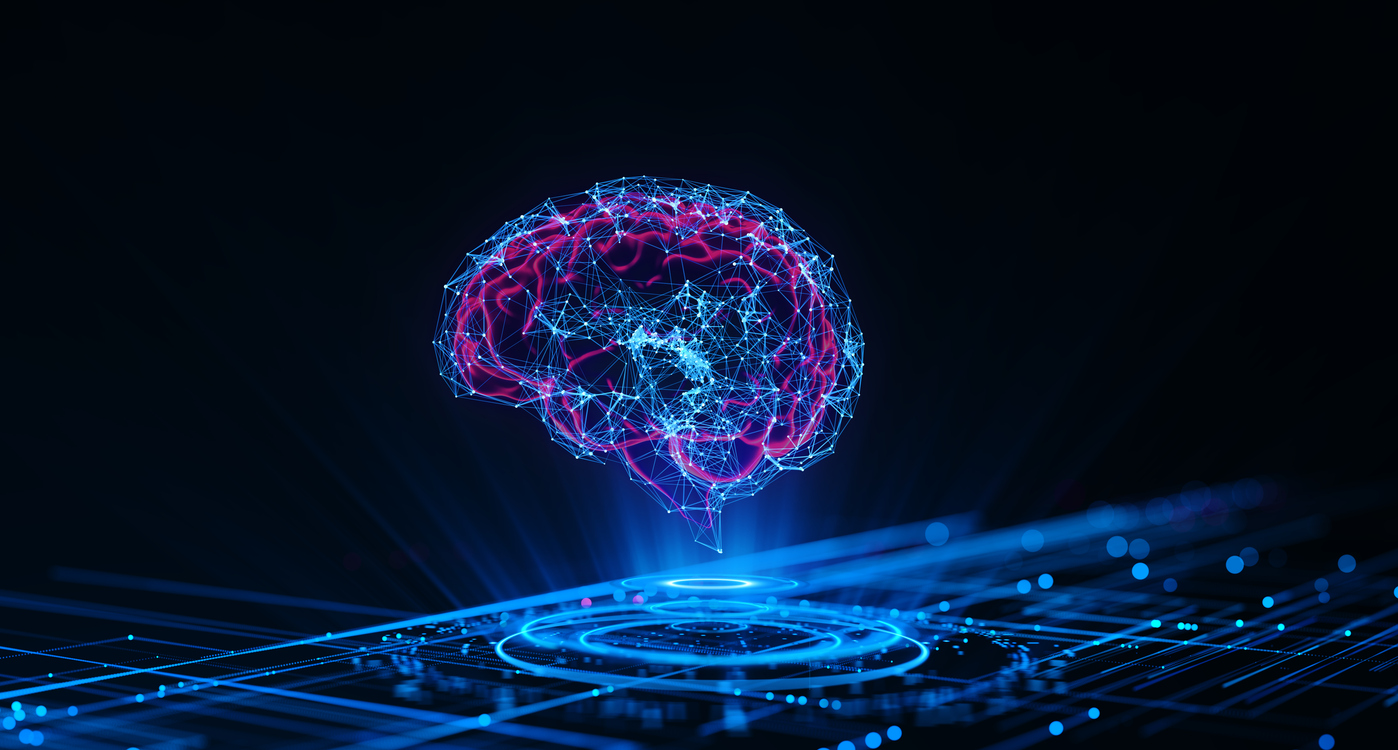By Anup Kumar
Abstract
This article explores how artificial intelligence is reshaping the software development lifecycle, with practical insights across roles including product management, development, QA, DevOps, and analytics. Drawing on real-world experience and current industry data, it shows how teams are using AI tools to speed up delivery, reduce manual effort, and improve software quality. The discussion also touches on the mindset and cultural shifts needed to adopt AI effectively, and includes expert perspectives and credible statistics that reflect how AI is becoming an essential part of how modern software is planned, built, and maintained.
You don’t need AI to write software. But soon, you’ll need it to compete.
Across today’s best engineering teams, AI is already part of the daily workflow. It drafts code, maps test coverage, flags regressions, and offers insights that used to take entire teams days to uncover. The gains aren’t hypothetical. They’re in the commit logs and release velocity.
This shift touches every role. Developers aren’t just writing code—they’re reviewing suggestions from intelligent copilots. Product owners refine requirements that AI pulled from meeting transcripts. QA teams work with tools that can spot visual anomalies or auto-heal broken tests. Even deployment pipelines are learning how to predict their own failures.
This is not automation for its own sake. It’s a step toward faster learning loops, cleaner handoffs, and fewer fires to put out. In the following pages, I’ll break down what this looks like in practice based on what I’ve seen across two decades in software, and what I’m seeing happen now.
If you’re building anything with code, the ground is shifting under your feet. Let’s take a look at what that means and how to lead through it.
AI in Software Delivery: From Buzzword to Business Standard
AI in software development has moved beyond early experimentation. In 2023, McKinsey reported that 55% of organizations had adopted AI in at least one function, a marked increase from prior years. This figure has continued to grow as generative AI becomes easier to integrate into common software workflows.
The shift is no longer theoretical. Teams are now leveraging AI not just to generate content, but to automate testing, analyze logs, write code, and even translate stakeholder feedback into technical requirements. These tools are streamlining decisions and accelerating cycles across the product lifecycle.
What once required weeks of planning, writing, and testing can now begin with a prompt, a code suggestion, or a data-driven alert. Software development, once entirely dependent on human cognition, is now entering a phase of shared intelligence, where people and machines collaborate continuously.
1. Product Owners: Smarter Requirements, Better Alignment
Product teams once spent hours collecting and refining requirements. Now, that process is dramatically faster.
With tools like Otter.ai and Notion AI, we can transcribe meetings, extract actionable insights, and generate draft user stories—cutting backlog grooming time by more than half.
These tools don’t replace human judgment, but they eliminate the overhead. The role of the product owner is evolving from translator to strategist. Instead of documenting features, I’m focused on shaping vision, prioritizing impact, and aligning teams in real time.
When mid-sprint changes come in, AI helps reframe the scope instantly—mapping implications across systems without the usual delays.
2. Developers: From Typing Code to Curating It
Source: Shutterstock
Development has always been about problem-solving. But the way we interact with code is changing.
GitHub Copilot, one of the most widely adopted tools in this space, now has over 1.3 million paid users, and is used by more than 50,000 organizations, including a third of the Fortune 500.
In our team, Copilot helps with:
- Generating boilerplate code
- Writing function documentation
- Recommending test cases in real time
- Providing language-specific optimizations
When working on AWS Lambda services, for instance, we now generate initial function handlers automatically—freeing up developers to think about architecture, logic, and scalability. In a recent sprint, this saved our team nearly two days of setup work.
We’ve also started integrating AI into code review tools—an emerging practice that flags potential logic flaws or outdated libraries before a reviewer even opens the pull request. It doesn’t eliminate code review, it improves it.
As AI takes over routine tasks, the developer’s role is shifting toward guiding, reviewing, and designing with more intention. Thomas Dohmke, CEO of GitHub, noted this shift clearly, saying, “AI makes software development so much more accessible for anyone who wants to learn coding.” For both seasoned engineers and newcomers, AI is lowering the barriers to entry and raising the bar on what thoughtful development looks like.
3. QA Engineers: From Manual Scripts to Predictive Assurance
I started in QA, back when testing meant endless checklists and spreadsheets. That world has changed.
Today, we rely on AI-enhanced tools like:
- Testim.io for self-healing test automation
- Applitools for visual anomaly detection
- ReadyAPI for predictive API testing
These platforms don’t just automate tests—they optimize them. They identify redundant test cases, suggest new ones, and adapt as the application evolves.
A great example comes from our recent work on Rich Communication Services (RCS) activation. By analyzing Kafka event logs with a lightweight ML model, we identified the conditions that predicted activation failures. Within two sprints, we reduced our error rate by 15% and flagged two previously undetected regression issues.
More broadly, Capgemini’s World Quality Report 2023 found that 77% of organizations are actively investing in AI to strengthen their quality engineering capabilities. This growing investment signals a clear shift in QA priorities—from reactive defect detection toward proactive, intelligence-driven assurance.
AI also supports test coverage analysis, allowing us to spot gaps that previously went unnoticed. That alone has improved product reliability and reduced post-deployment escalations by over 20% across several of our services.
4. DevOps: Smart Deployments and Safer Rollouts
Modern DevOps thrives on real-time insight and AI supercharges it.
We’ve integrated:
- Harness to score deployment risk and suggest rollback windows
- AWS CloudWatch Anomaly Detection to flag unexpected patterns in system logs
- Dynatrace to trace multi-service issues with AI-enhanced root cause analysis
In a recent mobile app release, we noticed a small but statistically significant increase in crash rates for users in a specific region. Dynatrace traced the issue to a misconfigured CDN node—something that wouldn’t have triggered traditional alerts. With AI-enhanced observability, we caught it within minutes and applied a fix.
The shift to AI in DevOps also opens the door to autonomous incident response, where anomaly triggers lead to automated rollback or scaling without needing a human on call.
5. Analytics & Observability: Turning Data into Action
AI’s impact doesn’t end with deployment. It reshapes how we learn from production.
We’ve used:
- Snowflake for historical churn modeling
- Tableau for activation funnel visualization
- Looker to forecast usage trends across demographics
In one case, our team discovered that activation latency above 6 seconds correlated with a 20% increase in abandonment. We identified this using ML clustering in Tableau on top of Snowflake queries. Once we optimized backend call chains, activation success rose by 12% and our customer support tickets dropped noticeably.
We’re now exploring real-time personalization using AI models trained on usage data allowing our apps to adapt to user behaviors dynamically. It’s still early, but the feedback loops these systems enable are already showing promise in improving retention and user satisfaction.
As Jeff Bezos put it, “AI agents will become our digital assistants… making our lives easier and more efficient.” In software, that shift is already underway—guiding decisions, surfacing patterns, and helping teams move faster with more confidence.
6. Culture Shift: From Roles to Capabilities
Source: Shutterstock
Perhaps the most important shift is cultural.
In 2020, developers were writing code. Today, they’re also prompting large language models and reviewing AI-generated PRs. QAs are learning statistical anomaly detection. Product owners are validating model outputs against user expectations. And DevOps engineers are curating ML-driven alert thresholds.
In short: roles are blending, and AI literacy is becoming essential.
We’ve started including AI awareness sessions in our sprint reviews. Not to teach deep learning theory but to help each team member understand how AI is being used across the toolchain. That shared visibility has improved not only delivery speed, but also cross-functional empathy.
Here’s a quick look at how this shift is unfolding across roles:
How AI Is Transforming Software Delivery: Role-by-Role
| Role | Before AI | After AI Integration |
| Product Owner | Manual backlog grooming, stakeholder note-taking | Real-time transcription, user story generation, sprint impact summarization |
| Developer | Repetitive coding, manual boilerplate setup | AI-suggested code blocks, documentation scaffolding, accelerated prototyping |
| QA Engineer | Static test scripts, slow regression cycles | Self-healing automation, predictive test coverage, visual anomaly detection |
| DevOps Engineer | Reactive monitoring, manual rollback decisions | Anomaly detection, deployment scoring, automated rollback triggers |
| Data/Analytics | Postmortem dashboards, lagging trend insights | Real-time usage clustering, churn modeling, personalization forecasting |
AI Brings Opportunity and Responsibility
As transformative as AI is, it also introduces risk. Every team must grapple with these core concerns:
- Model Bias: AI tools may embed bias if trained on unbalanced or flawed datasets. This is especially dangerous in areas like hiring algorithms or financial logic.
- Security: AI-generated code can be syntactically correct but insecure. It’s essential to conduct the same security reviews on AI code as you would for human-written code.
- Over-Reliance: Trusting AI too much can lead to stagnation in critical thinking. Use it to support, not replace, engineering judgment.
To mitigate these, we enforce human-in-the-loop practices. No AI code is deployed without peer review. Test coverage must be validated. And AI-generated test plans are run through secondary review loops.
We're also investing in explainability—training teams to understand how AI decisions are made, not just what they output. As AI systems get more complex, so too must our ability to challenge their conclusions.
Closing the Loop: Building With Insight, Not Just Speed
After two decades in software, I’ve seen how real change takes hold, not through buzzwords, but through quiet shifts in how teams think, build, and deliver. AI has become one of those shifts.
In today’s development environments, AI is influencing decisions at every stage of the lifecycle. Teams are resolving issues sooner, releasing with greater confidence, and focusing more time on meaningful work. The technology is proving most valuable where it supports judgment, amplifies skill, and removes friction.
The organizations making real progress aren’t chasing novelty. They’re integrating AI with purpose across roles, across workflows, and with a clear understanding of where it can provide leverage.
For software teams in 2024, this approach is no longer experimental. It’s becoming standard practice.
References
- McKinsey & Company (2023). The state of AI in 2023: Generative AI’s breakout year. McKinsey & Company, April 2023.
- Visual Studio Magazine (2024). GitHub Copilot by the Numbers: 1.3M Paid Users, 50K Orgs. Visual Studio Magazine, 5 February 2024.
https://visualstudiomagazine.com/Articles/2024/02/05/copilot-numbers.aspx
- Business Insider (2024). GitHub CEO explains how AI is making coding more accessible. Business Insider, April 2024.
https://www.businessinsider.com/github-ceo-learn-to-code-debate-ai-advice-2025-4
- Capgemini (2023). 77% of organizations are investing in artificial intelligence solutions to bolster their quality engineering. Capgemini Press Release, November 2023.
About the Author
Anup Kumar is a Technical Product Owner at MR Technosoft Inc. with more than 18 years of experience in software development, QA leadership, and end-to-end product delivery. He has led teams across onshore and offshore environments, managed large-scale backend systems, and worked extensively with cloud platforms, API integrations, and automated testing. Anup is known for bridging the gap between business goals and technical execution in fast-paced, agile settings.














